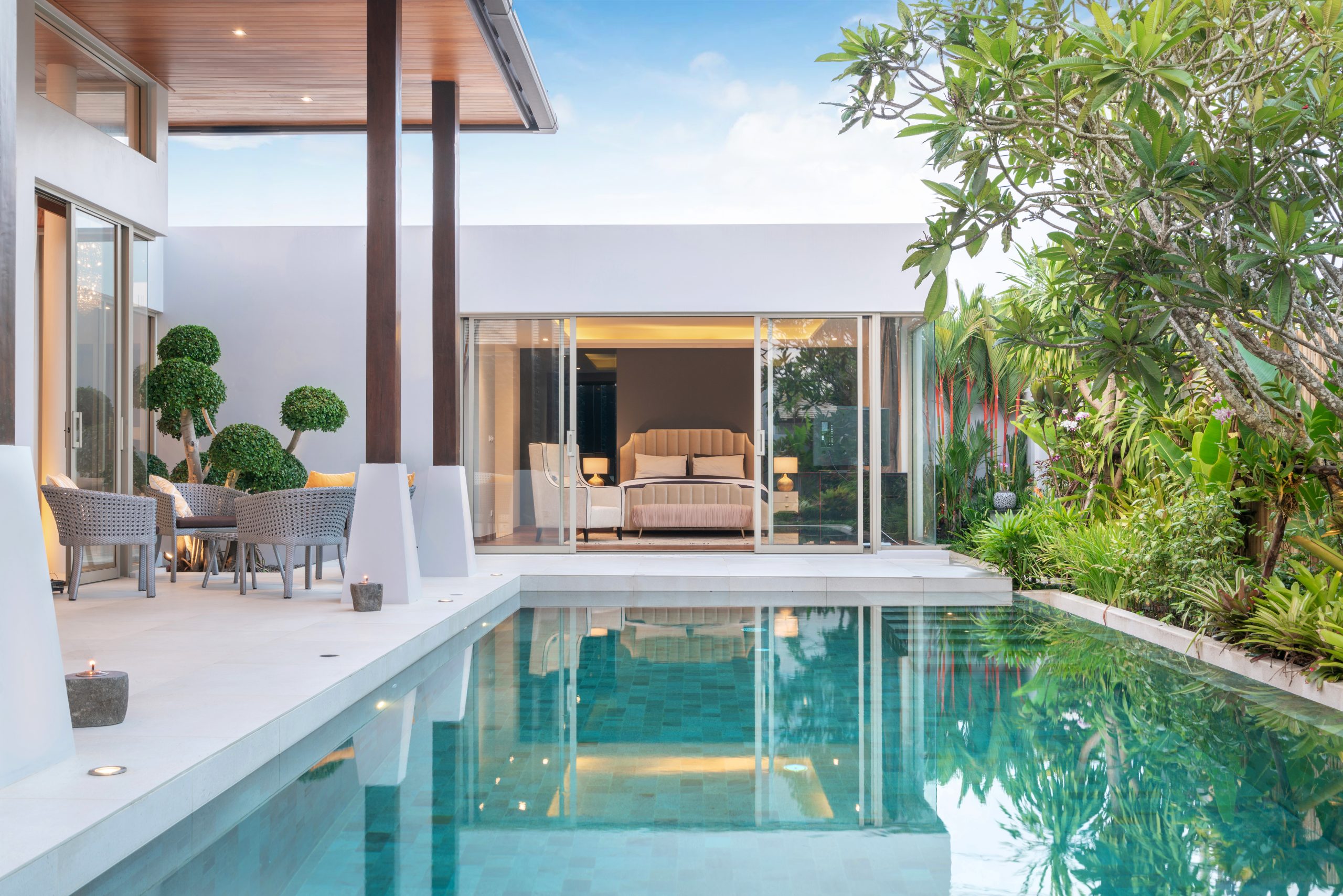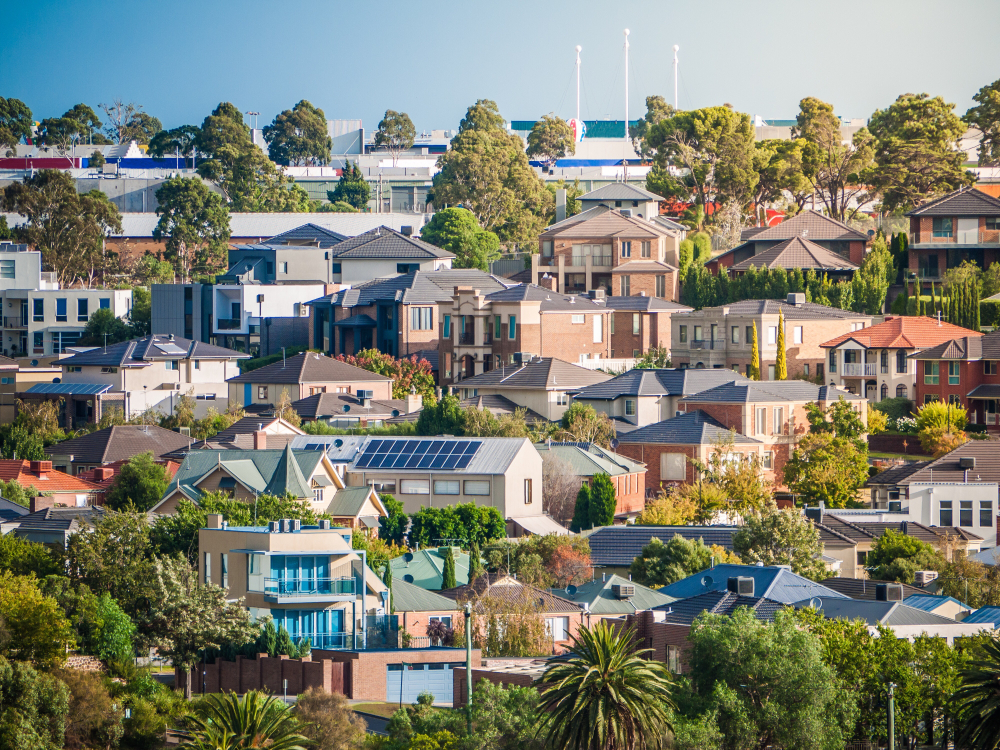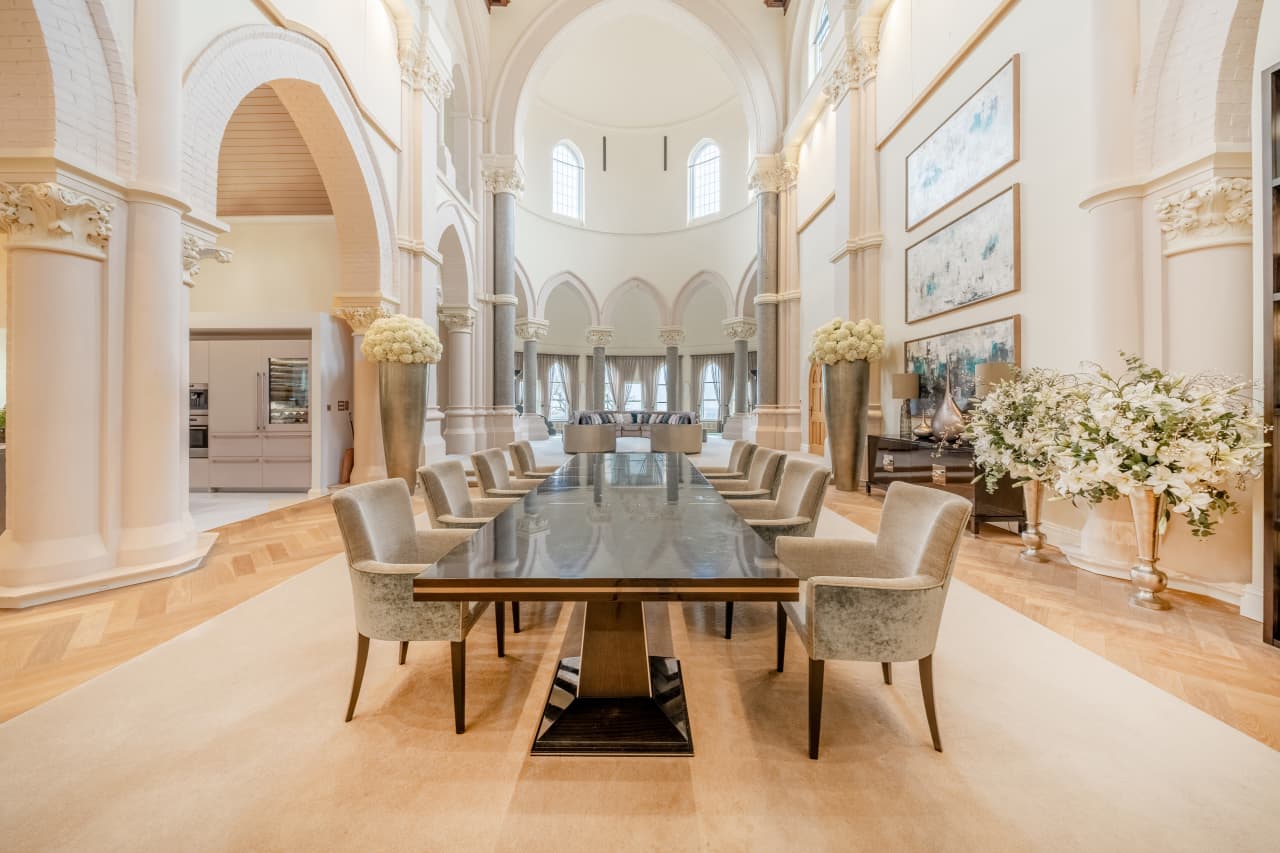A Beginner’s Guide To The Naturalistic Garden
Love the frowzy, painterly aesthetic of a wild-looking garden, the latest trend in landscaping, but unsure where to begin?
LANDSCAPE DESIGN continues to grow less formal—more prairie than pruned, more meadow than managed. Adhering to the practice of “right plant, right place,” even to the point of choosing only native flora, promises to better support birds and bees, and to require fewer resources, including water and the sweat of your brow.
To aid gardeners interested in dipping their beaks in the loose look of naturalistic planting, we asked two experts how to get started with 500 square feet of terrain. They observed that squeezing the style into that space was much like covering this complex topic in these 500 words, but they were game, suggesting ways to simplify down to fewer species and layers.
The best way to begin: Lay down what Benjamin Vogt, author of “Prairie Up: An Introduction to Natural Garden Design” (University of Illinois Press, January 2023), calls the matrix level, and Adam Woodruff, a landscape designer in Marblehead, Mass., refers to as the ground cover or base layer. Not to be confused with the layman’s idea of ground cover, such as ajuga or English ivy, this foundational layer, from 6 to 12 inches tall, is meant to function like a canvas, accounting for about 50% of your plant material. “There’s a uniform green in the landscape that ties it all together,” said Mr. Vogt, owner of Monarch Gardens, a landscape design firm in Lincoln and Omaha, Neb.
For the novice, an ideal base layer is a perennial bunching grass planted 12 to 16 inches apart on centre. Mr. Vogt said he might opt for a short variety, such as the native Little Bluestem shown in the photo at left. In the photo at right, Mr. Woodruff used suitable but non-native Sesleria, or Autumn Moor Grass.
In a 500-square-foot plot, Mr. Vogt would restrict the second layer, often called the seasonal theme layer, to plants 24 inches to 30 inches tall and, for the sake of scale, forgo the typical third layer of larger plants. Optimal for the second layer: groups of perennials or self-seeding annuals with light and water needs similar to each other and to the matrix plant. A good mix: one species that flowers early in the season, one later. Ideally both have leaves that contrast with the grass and (come fall) pretty seed heads so your garden is attractive year round.
Plants can be quite close. “Density is very important to the success of this style of planting,” said Mr. Woodruff. Mr. Vogt goes so far as saying “Throw plant tags away.” If planted densely, the garden knits together more quickly, usually within a year. Weeds are suppressed, and mulching becomes a thing of the past.
Parting advice: Before you put spade to earth, “research the heck out of plants,” said Mr. Vogt. Mr. Woodruff recommends “The Know Maintenance Perennial Garden,” by Roy Diblik (Timber Press, 2014).
Reprinted by permission of The Wall Street Journal, Copyright 2021 Dow Jones & Company. Inc. All Rights Reserved Worldwide. Original date of publication: August 13, 2022.
 Copyright 2020, Dow Jones & Company, Inc. All Rights Reserved Worldwide. LEARN MORE
Copyright 2020, Dow Jones & Company, Inc. All Rights Reserved Worldwide. LEARN MORE
This stylish family home combines a classic palette and finishes with a flexible floorplan
Just 55 minutes from Sydney, make this your creative getaway located in the majestic Hawkesbury region.
This may be contributing to continually rising weekly rents
There has been a substantial increase in the number of Australians earning high incomes who are renting their homes instead of owning them, and this may be another element contributing to higher market demand and continually rising rents, according to new research.
The portion of households with an annual income of $140,000 per year (in 2021 dollars), went from 8 percent of the private rental market in 1996 to 24 percent in 2021, according to research by the Australian Housing and Urban Research Institute (AHURI). The AHURI study highlights that longer-term declines in the rate of home ownership in Australia are likely the cause of this trend.
The biggest challenge this creates is the flow-on effect on lower-income households because they may face stronger competition for a limited supply of rental stock, and they also have less capacity to cope with rising rents that look likely to keep going up due to the entrenched undersupply.
The 2024 ANZ CoreLogic Housing Affordability Report notes that weekly rents have been rising strongly since the pandemic and are currently re-accelerating. “Nationally, annual rent growth has lifted from a recent low of 8.1 percent year-on-year in October 2023, to 8.6 percent year-on-year in March 2024,” according to the report. “The re-acceleration was particularly evident in house rents, where annual growth bottomed out at 6.8 percent in the year to September, and rose to 8.4 percent in the year to March 2024.”
Rents are also rising in markets that have experienced recent declines. “In Hobart, rent values saw a downturn of -6 percent between March and October 2023. Since bottoming out in October, rents have now moved 5 percent higher to the end of March, and are just 1 percent off the record highs in March 2023. The Canberra rental market was the only other capital city to see a decline in rents in recent years, where rent values fell -3.8 percent between June 2022 and September 2023. Since then, Canberra rents have risen 3.5 percent, and are 1 percent from the record high.”
The Productivity Commission’s review of the National Housing and Homelessness Agreement points out that high-income earners also have more capacity to relocate to cheaper markets when rents rise, which creates more competition for lower-income households competing for homes in those same areas.
ANZ CoreLogic notes that rents in lower-cost markets have risen the most in recent years, so much so that the portion of earnings that lower-income households have to dedicate to rent has reached a record high 54.3 percent. For middle-income households, it’s 32.2 percent and for high-income households, it’s just 22.9 percent. ‘Housing stress’ has long been defined as requiring more than 30 percent of income to put a roof over your head.
While some high-income households may aspire to own their own homes, rising property values have made that a difficult and long process given the years it takes to save a deposit. ANZ CoreLogic data shows it now takes a median 10.1 years in the capital cities and 9.9 years in regional areas to save a 20 percent deposit to buy a property.
It also takes 48.3 percent of income in the cities and 47.1 percent in the regions to cover mortgage repayments at today’s home loan interest rates, which is far greater than the portion of income required to service rents at a median 30.4 percent in cities and 33.3 percent in the regions.
Consumers are going to gravitate toward applications powered by the buzzy new technology, analyst Michael Wolf predicts
This stylish family home combines a classic palette and finishes with a flexible floorplan























